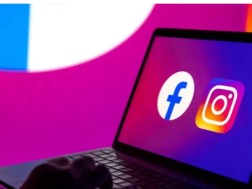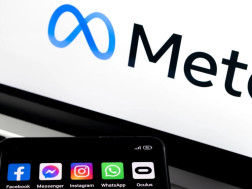Facebook’s experimental app development division, the NPE Team, on April 7 launched its latest experiment, Hotline, into public beta testing. According to The Verge, the new Q&A platform borrows concepts from audio-only social network Clubhouse but with also dashes of live-streaming thrown in. The website for the new service is online now and allows sing-ins via Twitter, but it features only a waitlist and a tool for applying to host your own show.
According to reports, Facebook has even created designs for a mobile version of the app, however, those do not appear to be live at the moment. Hotline, which is a website based application, could be described as a mashup of Instagram Live and Clubhouse, as it allows creators to speak to an audience who can then ask questions through either text or audio. But unlike Clubhouse, creators can opt to turn their cameras on for the event, instead of being audio-only.
The Q&A component of Hotline involves the hosts fielding questions from the audience supplied via text, while audience members can then upvote which questions they want to be answered and then respond to the ongoing conversation with emoji reactions. Hosts can also bring individuals from the audience up onto the virtual stage in a bid to ask their question live and potentially engage in a longer conversation. As per reports, Hotline events seem to be designed more like a cross between a radio show and a Twitch stream, where the audience is asked to weigh in here and there but control of the conversation remains firmly with the host.
Difference between Hotline & current social networks
It is worth mentioning that Facebook’s latest project is led by Erik Hazzard, who joined Facebook when his app ‘tbh’, a platform for sending anonymous compliments to friends, was acquired in 2017. Later, Facebook had shut ‘tbh’ down, despite Hazzard’s success attracting millions of users to the platform. But now with Hotline, Hazzard is once again developing a product in the Q&A space.
Hotline’s users’ interface will look familiar to anyone who has already used Clubhouse, Twitter Spaces or any of the audio-only social networks. However, there are also differences. For starters, the app has users sign in with Twitter then verify their identity via SMS. the listeners’ section is also divided up between those who are just watching the event, and those who are asking questions. The users are presented with the lists of questions that users have asked, which others can upvote or downvote accordingly.
Source: republicworld
















